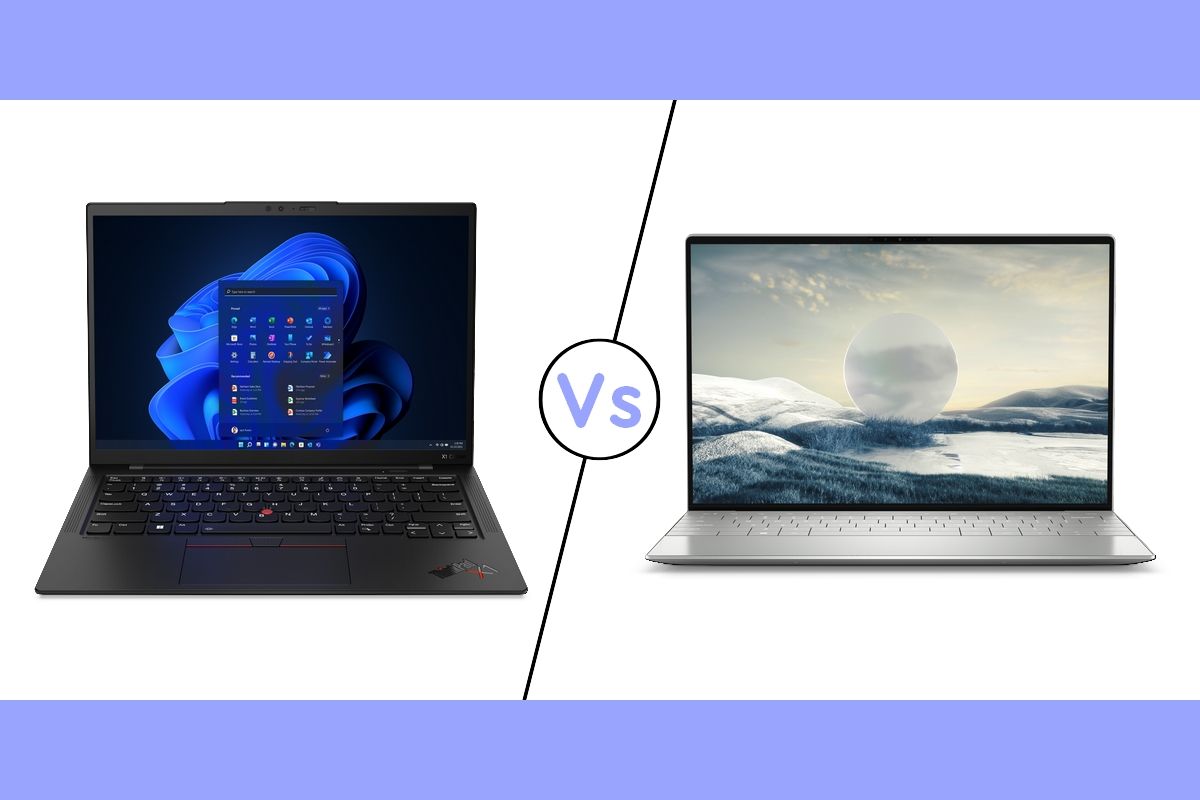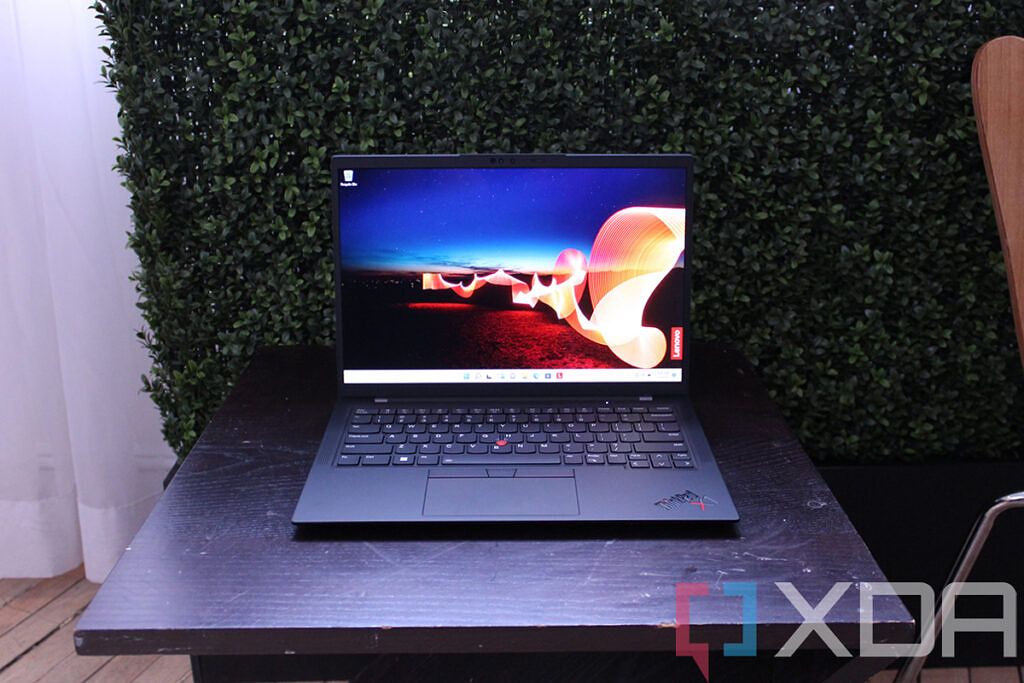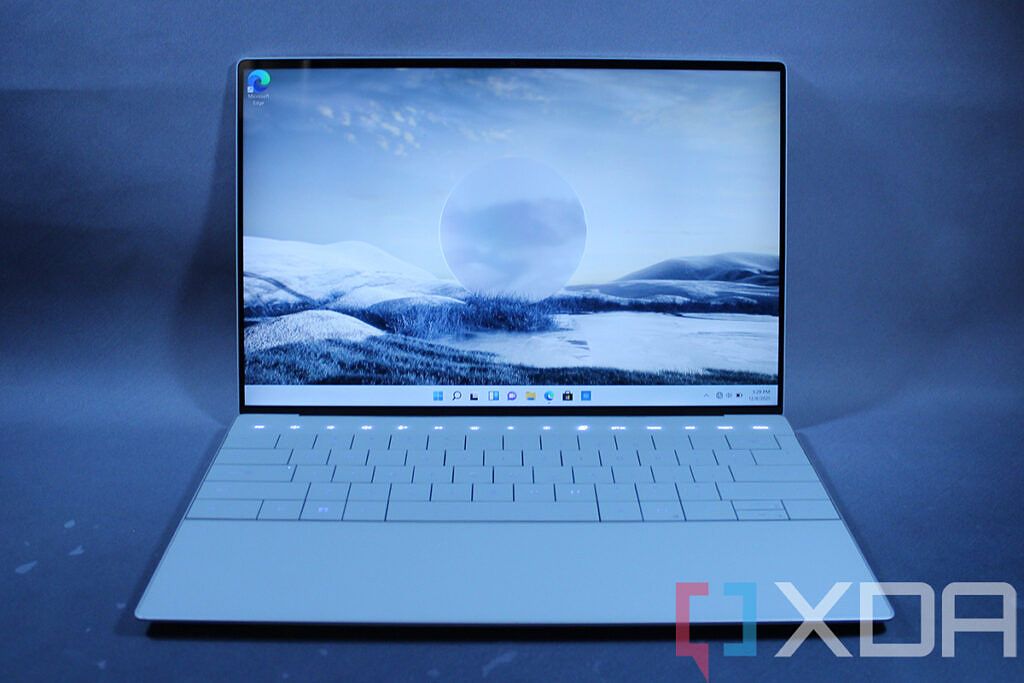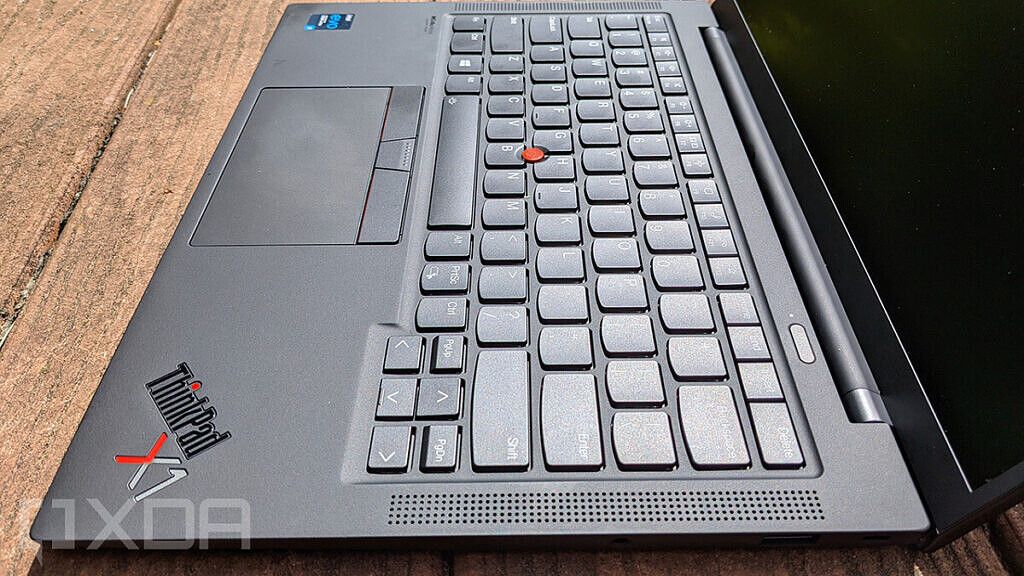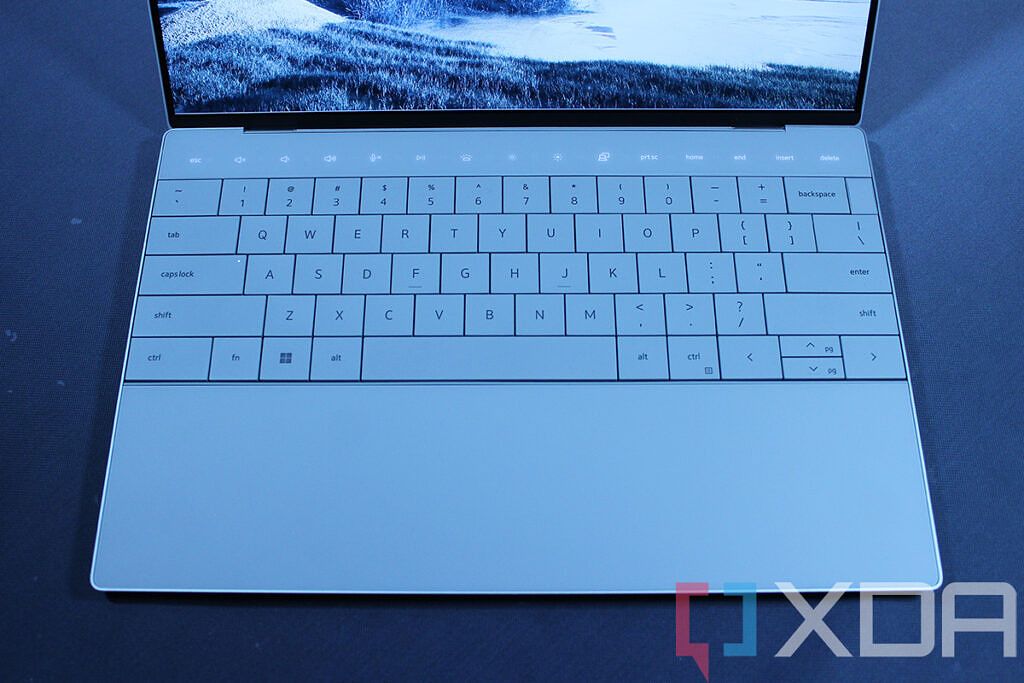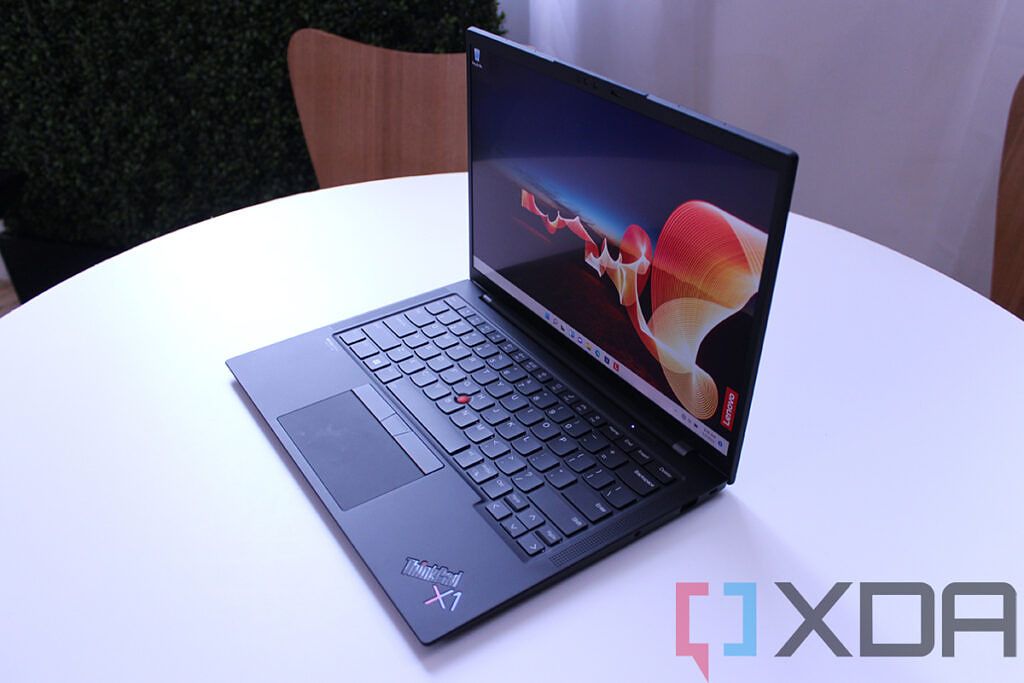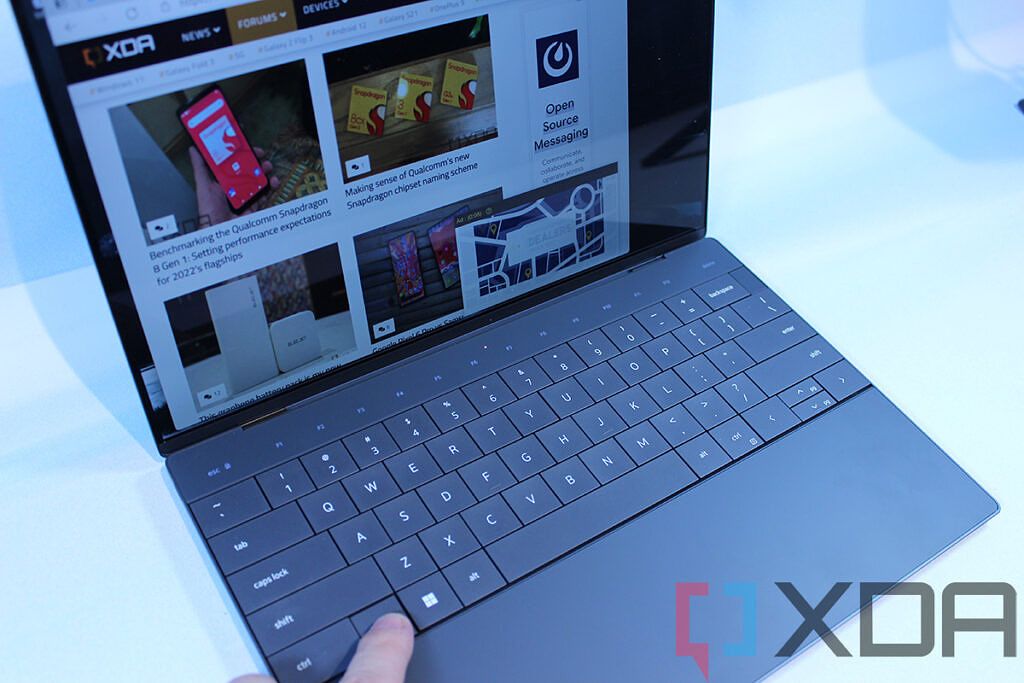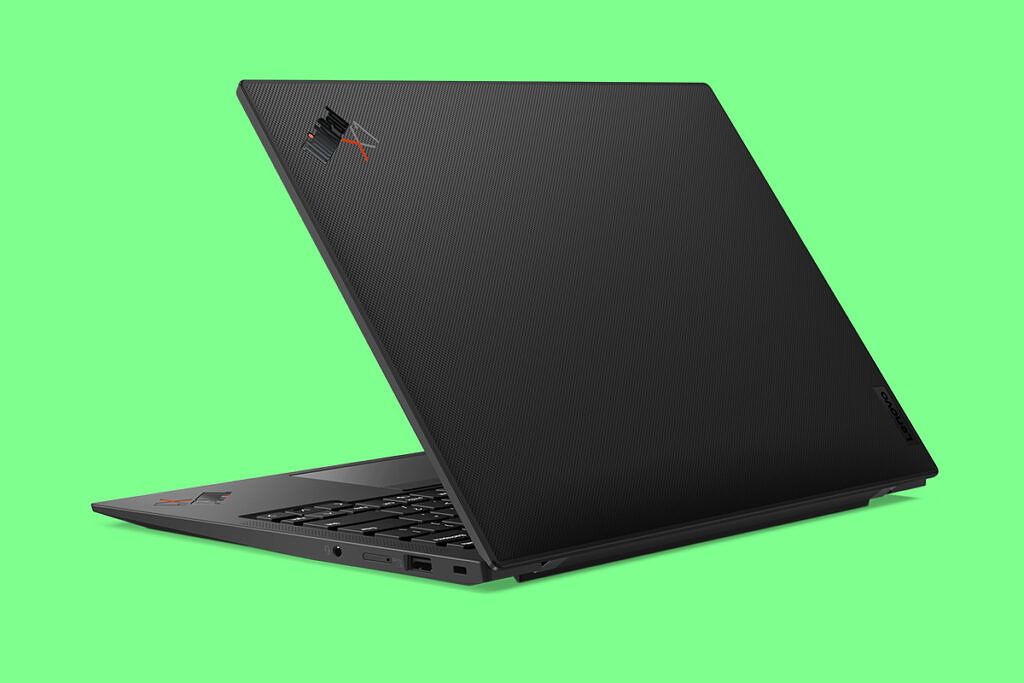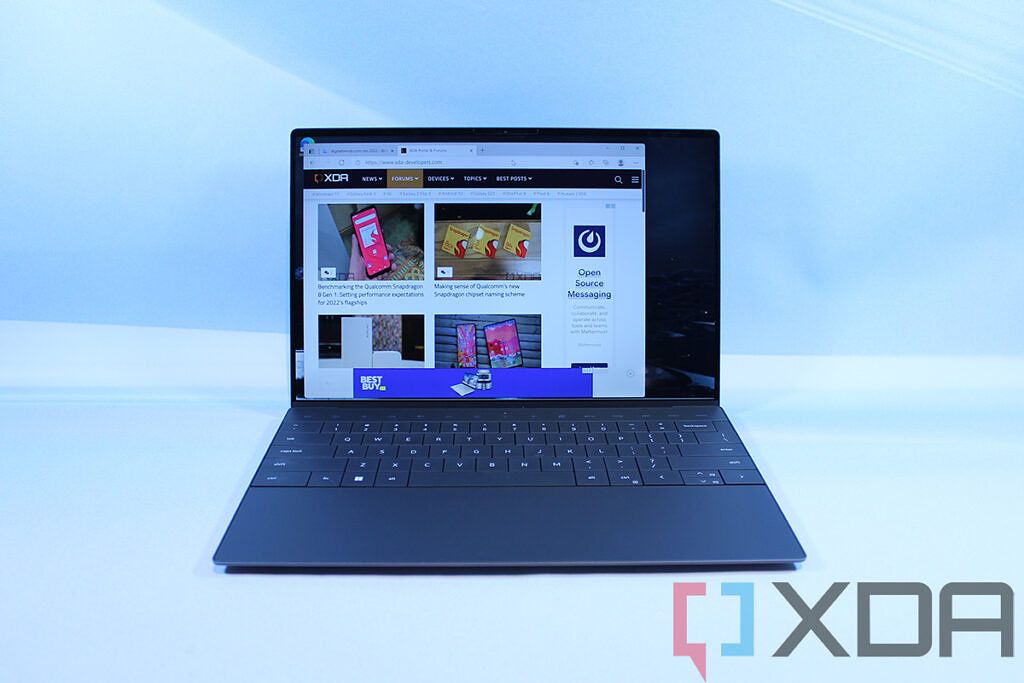At CES 2022, both Lenovo and Dell came out swinging with a handful of new laptops powered by the latest hardware from Intel. Among its new laptops, Lenovo refreshed the ThinkPad X1 Carbon with more powerful specs and some new display options, while Dell introduced a fresh take on laptops with the sleek-looking XPS 13 Plus. The ThinkPad and XPS families already feature some of the best laptops out there, and these two laptops seem to reinforce that.
While they share some similarities on the inside, these two laptops are fundamentally different in terms of their design philosophy. The Lenovo ThinkPad X1 Carbon Gen 10 is a classic laptop with all the ThinkPad elements you know and love. The Dell XPS 13 Plus changes almost everything about the XPS lineup, and it's a breath of fresh air for the lineup. Not only that, it's one of the most modern-looking laptops we've seen in a long time.
The differences go deeper than, though. In this article, we'll be comparing the ThinkPad X1 Carbon Gen 10 against with Dell XPS 13 Plus, so you can choose what you think fits your needs the most.
ThinkPad X1 Carbon vs Dell XPS 13 Plus: Specs
|
Lenovo ThinkPad X1 Carbon Gen 10 |
Dell XPS 13 Plus (9320) |
|
|---|---|---|
|
Operating system |
|
|
|
CPU |
|
|
|
Graphics |
|
|
|
Display |
|
|
|
Storage |
|
|
|
RAM |
|
|
|
Battery |
|
|
|
Ports |
|
|
|
Audio |
|
|
|
Camera |
|
|
|
Windows Hello |
|
|
|
Connectivity |
|
|
|
Color |
|
|
|
Size (WxDxH) |
|
|
|
Dimensions |
Starts at 1.12kg (2.48 lbs) |
Starts at 1.24kg (2.73 lbs) |
|
Price |
Starting at $1,639 |
Starting at $1,199 |
Right off the bat, there are some notable differences here, but let's dive deeper into the differences and similarities. Performance should be similar between the two, so we'll start with areas where the laptops differ more.
Display: Both laptops have fantastic screens
Starting with one of the areas you're likely to notice the most, the display on these two laptops is quite different, but both are fantastic. The most noticeable difference right off the bat comes dow to the size, with ThinkPad X1 Carbon having a slightly larger 14-inch screen compared to the 13.4-inch panel of the XPS 13 Plus. However, both have a 16:10 aspect ratio, and both start with Full HD+ (1920 x 1200) resolution. That does make the Dell laptop slightly sharper, since it has the same resolution in a smaller area, but it's not a huge difference.
The bigger differences start with brightness. With the Dell XPS 13 Plus, all the LCD panels have a maximum brightness of 500 nits, while many configurations on the ThinkPad X1 Carbon only reach 400 (with one only hitting 300 nits). That's a benefit for outdoor visibility, though when it comes to the OLED panel options or the Ultra HD+ configurations (which both laptops offer), the brightness levels are similar - 400 nits in the OLED panel, 500 nits for the Ultra HD+ IPS display. Still, if you're planning to get the cheaper panel option, Dell has the advantage here.
That OLED panel option is also quite different between the two laptops. Lenovo offers its ThinkPad X1 Carbon Gen 10 with a 2.8K (2880 x 1800) OLED panel, while the XPS 13 Plus comes with a sharper 3.5K (3456 x 2160) OLED display. The OLED model of the XPS 13 Plus also includes a touchscreen, which isn't the case for the ThinkPad. In fact, all XPS 13 Plus models aside from the base configuration have touch support by default. With the ThinkPad X1 Carbon Gen 10, you have to choose the right model to get a touchscreen, and not every panel type supports it.
With that being said, the Lenovo ThinkPad X1 Carbon Gen 10 offers a total of seven different panel options, so you have a bit more room to choose something specifically for your needs. You can get a privacy screen to protect your information from people around you in a public space, for example. Overall, both laptops are great in terms of display, though the XPS 13 Plus focuses on giving you a great experience in every configuration, while the ThinkPad X1 Carbon makes more sacrifices in its lower tiers.
Lenovo takes the advantage when it comes to the webcam, though. Dell is sticking with a 720p camera above the display, and to its credit, the actual webcam has been separated from the IR camera for Windows Hello, which should result in better quality. However, Lenovo is giving you the option to add a Full HD 1080p webcam along with a separate IR camera, and you can even add computer vision as an optional add-on. This is so the camera can detect when you're going to use the laptop and wake it up before you need to touch anything.
As for sound, the Dell XPS 13 Plus is likely to have a better speaker setup with four speakers and up to 8W of output. This should give you louder and more immersive audio for media consumption, assuming Lenovo uses the same speakers as last year's X1 Carbon Gen 9. On the other hand, Lenovo has a more complex microphone array that could help you be heard better during a video call.
Design: The Dell XPS 13 Plus is the most modern-looking laptop out there
Comparing the design of these two laptops is much like comparing night and day. The Lenovo ThinkPad X1 Carbon Gen 10 carries all the iconic elements of ThinkPad design, and if you're a fan of it, you'll probably find it perfect. It has the classic black surface, the iconic red accents, and well-known features like rounded keys, a red TrackPoint, and duplicate mouse buttons above the touchpad. It's still every bit a ThinkPad, and for some users, that might be all you want.
On the complete opposite side of the spectrum, the Dell XPS 13 Plus is a major shake-up in laptop design, not just for Dell, but laptops in general. A lot has changed in the Dell XPS 13 Plus compared to previous XPS laptops, starting with the fact that there's no touchpad, at least not one you can see. The touchpad is completely seamless with the chassis of the laptop, so you can't even feel where it is. You also can't click on it, and instead, it uses haptic feedback to simulate clicks.
Another modern element of the XPS 13 is replacing the function row keys with touch buttons. All the function buttons are still there, and you can toggle between typical function keys and media controls using the Fn button as usual. But because the buttons are all digital, the labels simply change when you press the Fn button, so you can clearly see what touching a specific button will do. With typical keys, you first need to figure whether the laptop will use the function key or media control by default, but now, it's obvious just looking at it. And speaking of the keys, the keyboard uses a completely edge-to-edge design and no spacing between keys. That adds to the modern and sleek look, though it might result in more typos because of how easy it is to press a neighboring key.
Despite being smaller, the Dell XPS 13 Plus is slightly thicker than the Lenovo ThinkPad X1 Carbon (with a 720p webcam), and it's heavier, too. That gives Lenovo an edge in terms of portability, though the difference isn't massive. As far as looks go, the Lenovo ThinkPad X1 Carbon is only available in deep black, though you can get a carbon fiber weave lid with some models. The Dell XPS 13 Plus comes in more modern Platinum or Graphite colors.
Ports and connectivity: The ThinkPad X1 Carbon is simply more capable
With its focus on being a modern laptop, the Dell XPS 13 Plus misses out on a lot of ports. That's nothing new for the XPS lineup, but this time around, there's not even a 3.5mm headphone jack. All you get is two Thunderbolt 4 ports and a USB Type-C to Type-A adapter. If you want more connectivity options, you'll need a Thunderbolt dock, or use wireless peripherals where possible.
On the other hand, the Lenovo ThinkPad X1 Carbon Gen 10 has a wide range of ports. In addition to two Thunderbolt 4 ports, you get two USB Type-A ports, HDMI 2.0b, and a headphone jack. And, as an optional feature, you can add cellular network support, keeping you connected to the internet even when you're away from Wi-Fi. This is an especially important feature for businesses, but anyone working on the road will likely appreciate the versatility.
Aside from that, both laptops support Wi-Fi 6E and Bluetooth 5.2, so there's nothing surprising on that front.
Performance: They're almost identical
We left performance for last because this is one area where the two laptops are pretty much identical. Both laptops feature up to a 12th-generation Intel Core processor, up to a 28W Core i7-1280P processor with 14 cores and 2o threads.
The differences will be in the cheaper SKUs, especially because Lenovo says it's still using 15W U-series processors in some models. These models will be ideal if you don't need top-of-the-line performance and you value battery life more. In that regard, Lenovo actually gives you more options to choose what you prefer, but otherwise, the two laptops are similar. Graphics performance should also be the same since they both have integrated graphics, though again, 15W processors are likely not as fast, but save more power.
On that note, the batteries themselves are similar in size between laptops, with Dell pulling a small advantage. The XPS 13 Plus may also be more efficient on account of its smaller display, but otherwise, it's up to individual optimizations from each company, as well as the configuration you choose. As we've already mentioned, 28W processors may result in shorter battery life compared to 15W models.
The similarities continue since both laptops support the new LPDDR5 RAM and PCIe Gen 4 SSD storage. In both cases, the RAM is soldered onto the motherboard, but you should be able to upgrade the storage in both. Neither company has specified whether this will be possible in these new models, but based on previous iterations, this is the most likely.
Bottom line: Do you want something modern or classic?
At the end of the day, the biggest deciding factor between these two laptops is what you want from a laptop in terms of design. The Dell XPS 13 Plus is potentially the most modern-looking laptop we've seen in years, and (in my personal opinion) looks absolutely stunning. It's clean and sleek in a way that no laptop can match. On the other hand, the ThinkPad X1 Carbon Gen 10 keeps the same overall look we've seen from ThinkPads for years, and it does a great job of appealing to people who are already fans of ThinkPads.
Connectivity is one area where the ThinkPad X1 Carbon handily beats the Dell XPS 13 Plus, however, and if you don't want to rely on dongles or docks, then that's definitely your go-to. That's one downside of the XPS 13 Plus design.
Aside from that, the differences that exist aren't major. The Dell XPS 13 Plus has a brighter display in its cheapest configurations, but both have great display options to choose from, as well as solid audio (though, again, Dell likely pulls ahead here). Performance, too, isn't too far off, unless you want to opt for a low-power 15W processor, which is only available on the ThinkPad X1 Carbon.
The last major difference is the price. The Lenovo ThinkPad X1 Carbon Gen 10 will officially start at $1,639 when it launches in March, while the Dell XPS 13 Plus will start at a much cheaper $1,199. That's quite the difference, and it puts some of the downsides like the limited ports in a different perspective. Even adding a Thunderbolt dock doesn't make up that difference, so you could be better off with the Dell XPS 13 Plus. Ultimately, it's about balancing your personal priorities -- personally speaking, considering the price difference and the benefits of the XPS 13 Plus, I'd go with the Dell laptop, but you might feel differently.
For now, only the ThinkPad X1 Carbon Gen 10 is available to order, but we'll be sure to add a link to the Dell XPS 13 Plus as soon as it's available. If you can't afford to wait, we have lists of the best Dell laptops you can buy right now, as well as the best ThinkPads out there. There are plenty of great laptops on those lists, too.
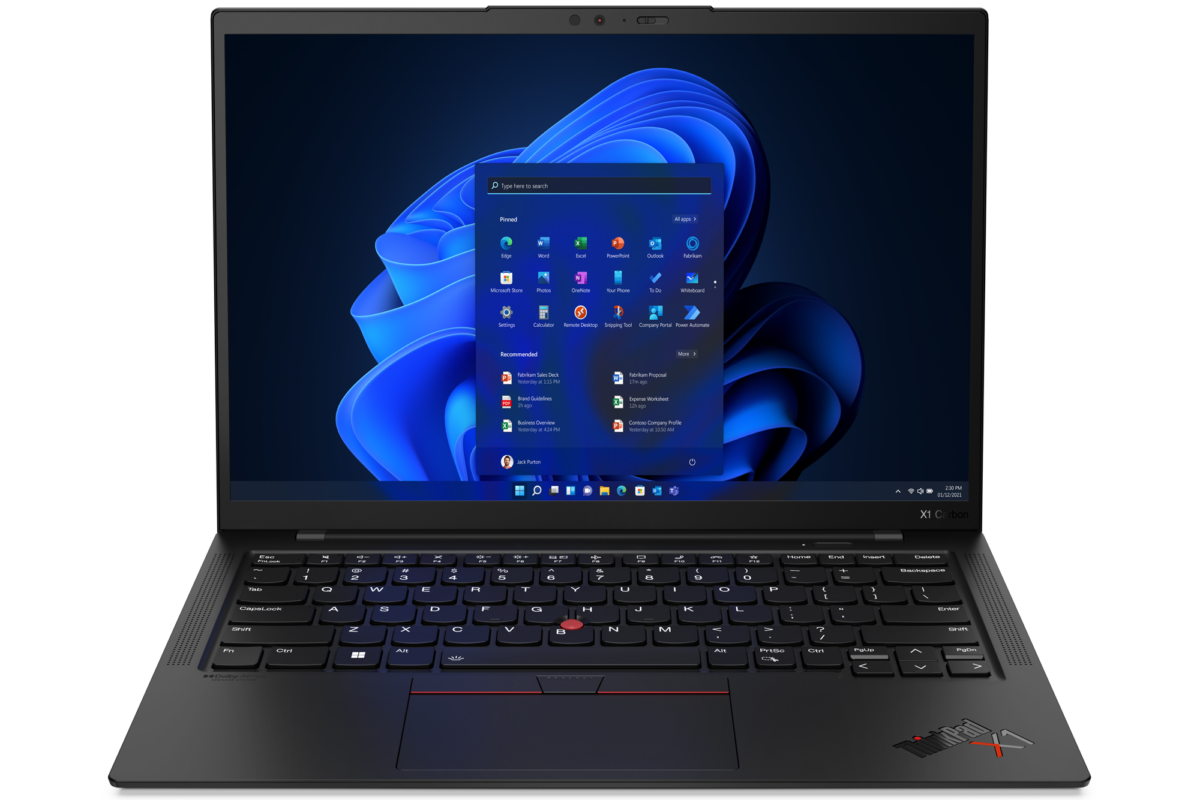
Lenovo ThinkPad X1 Carbon Gen 10
The Lenovo ThinkPad X1 Carbon Gen 10 comes with 12th-gen Intel Core processors, new OLED displays, and a Full HD webcam.
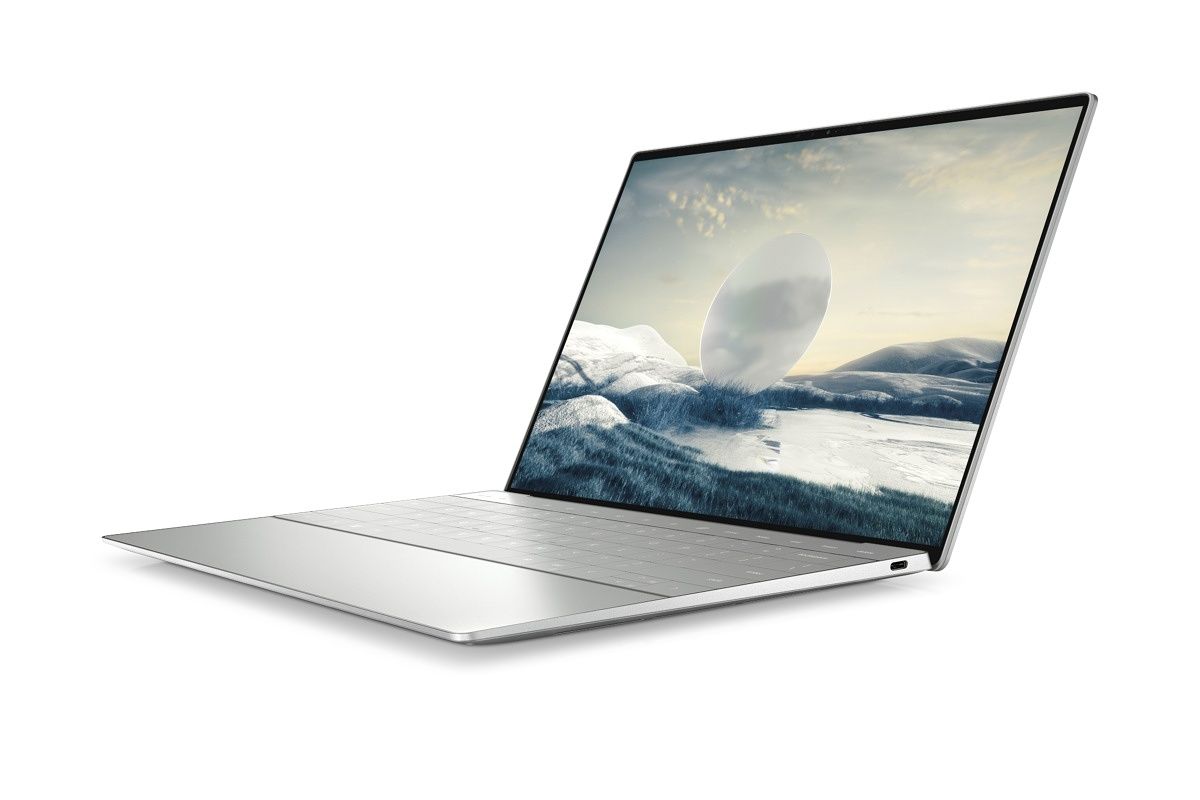
Dell XPS 13 Plus
The Dell XPS 13 Plus is a modern and powerful laptop with 28W Intel processors.

